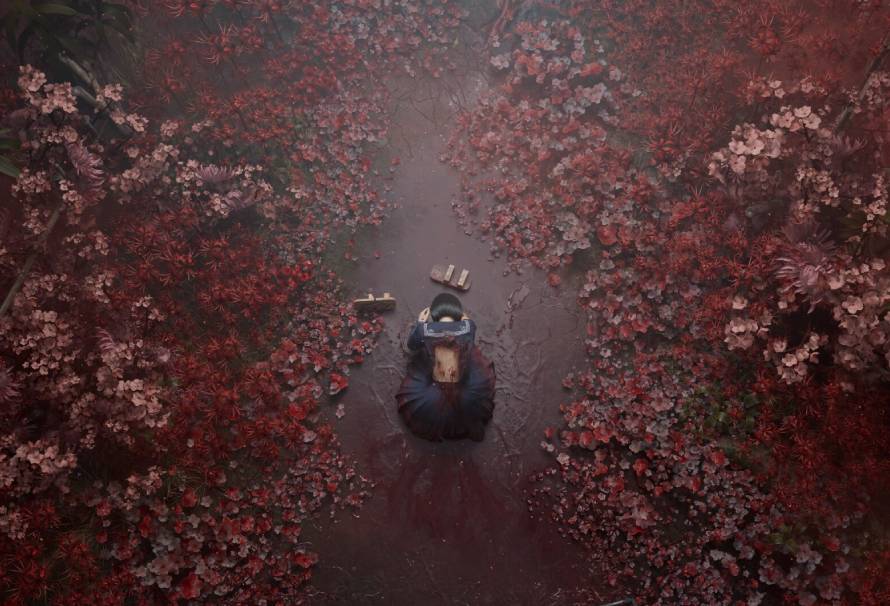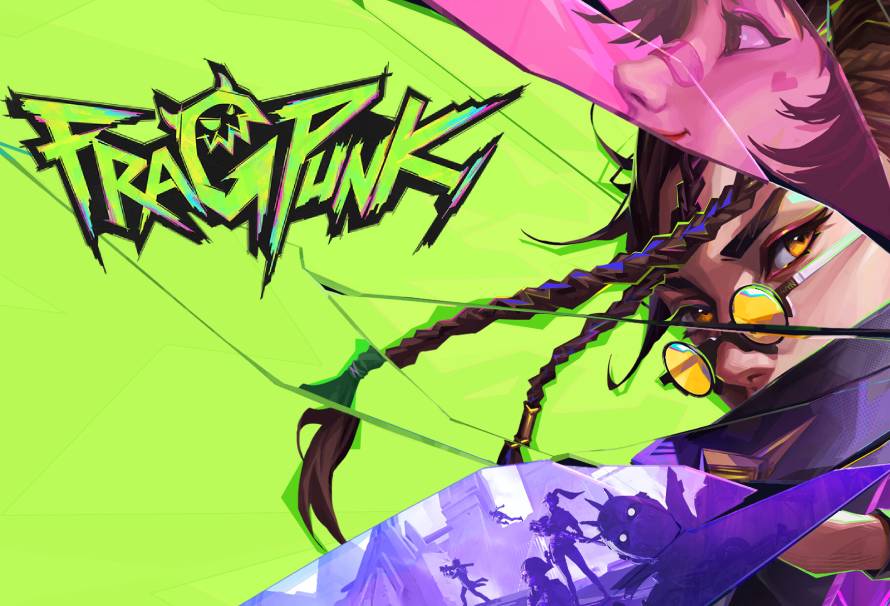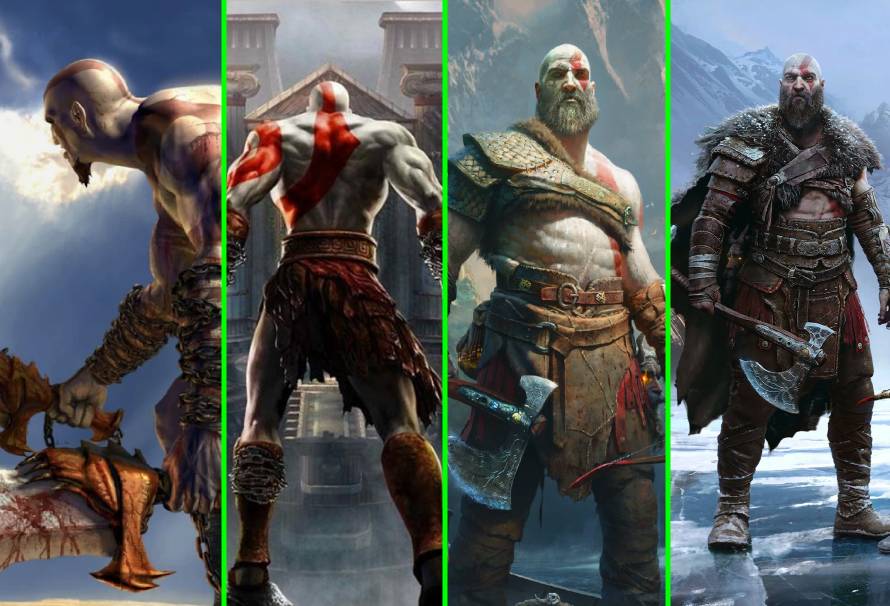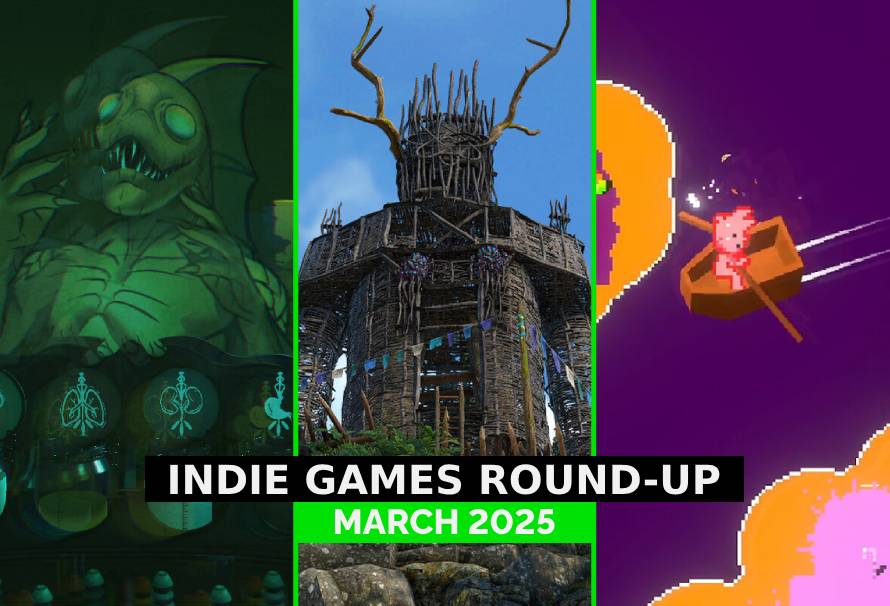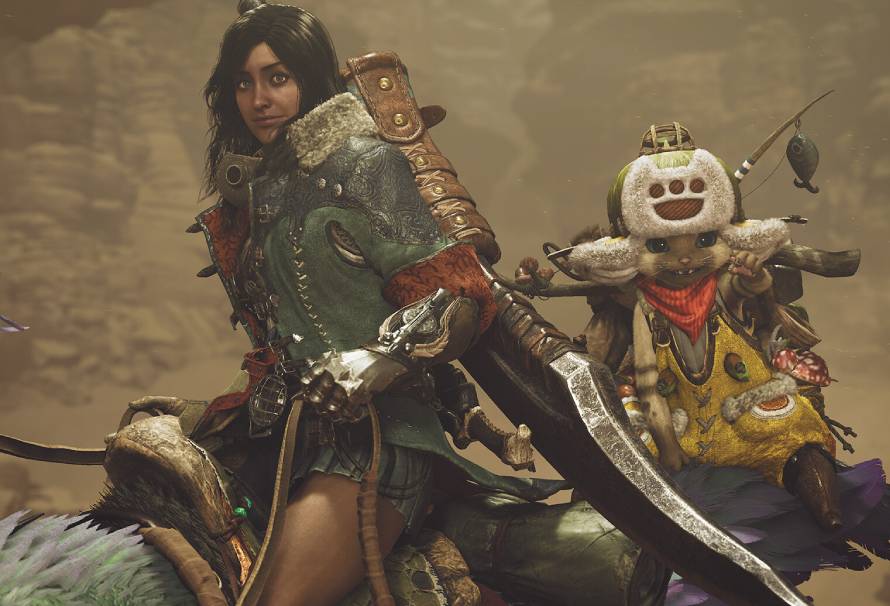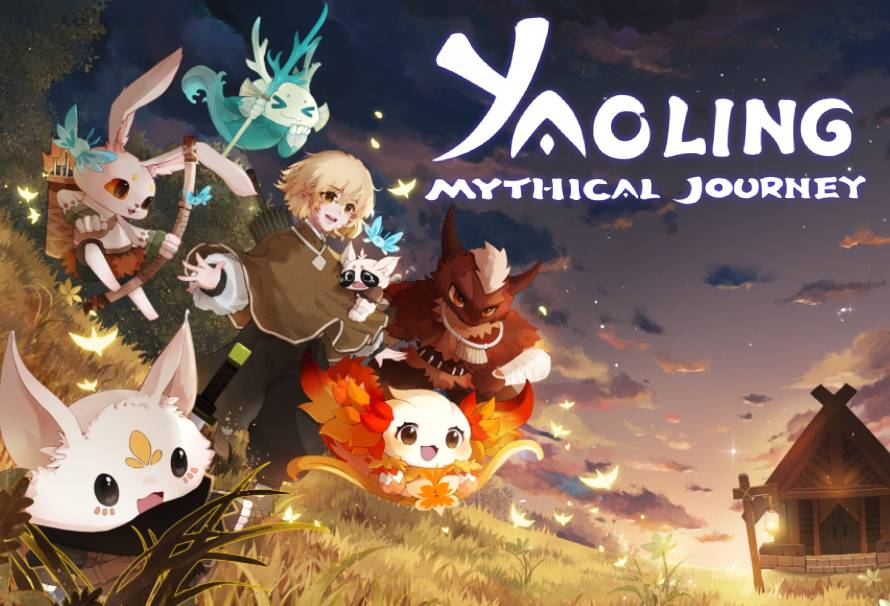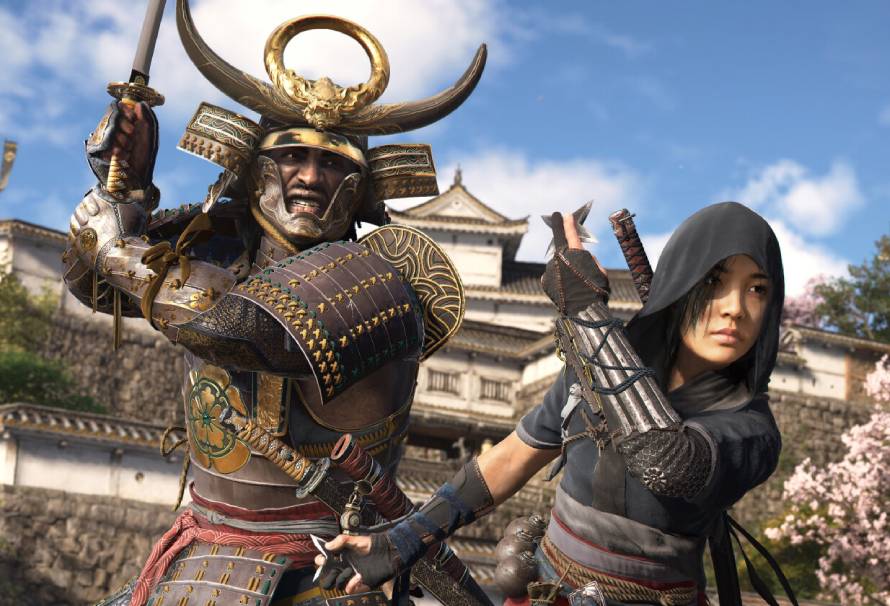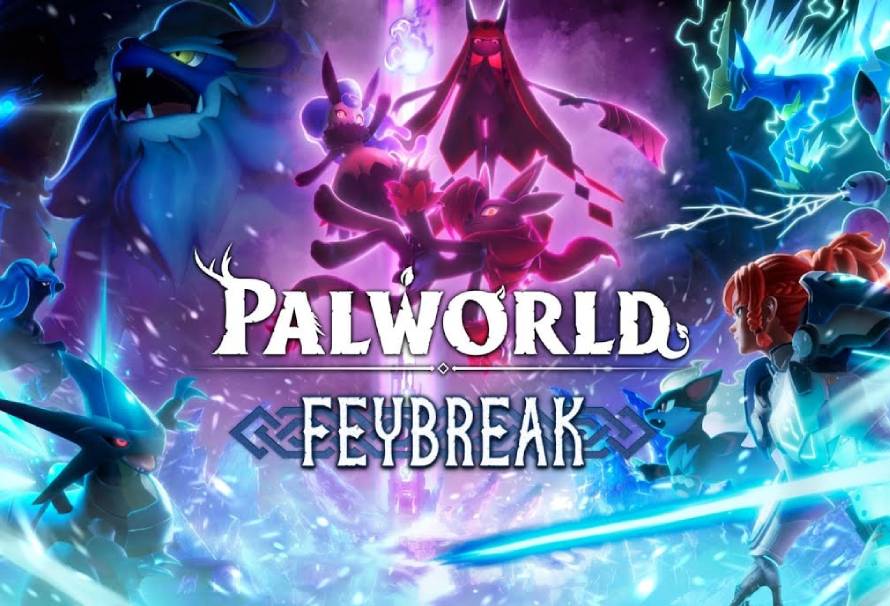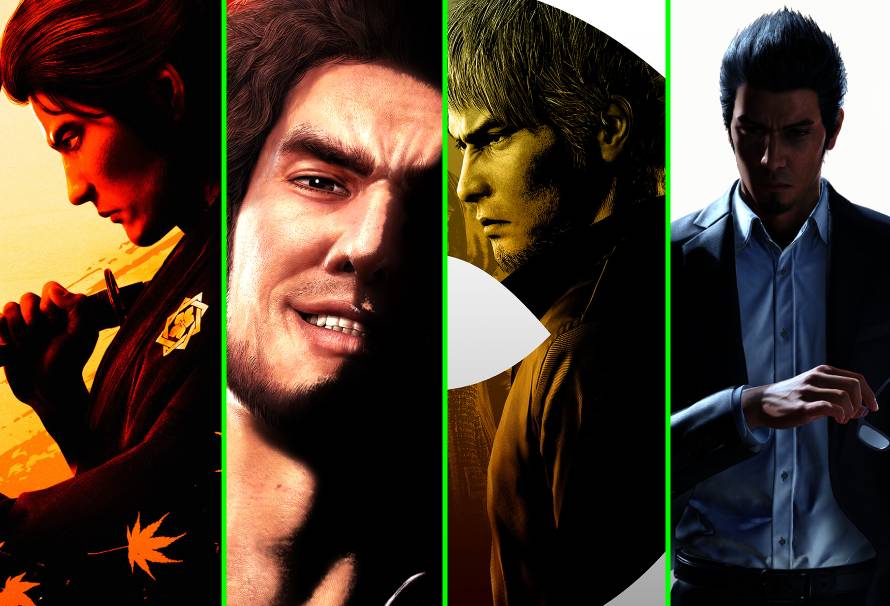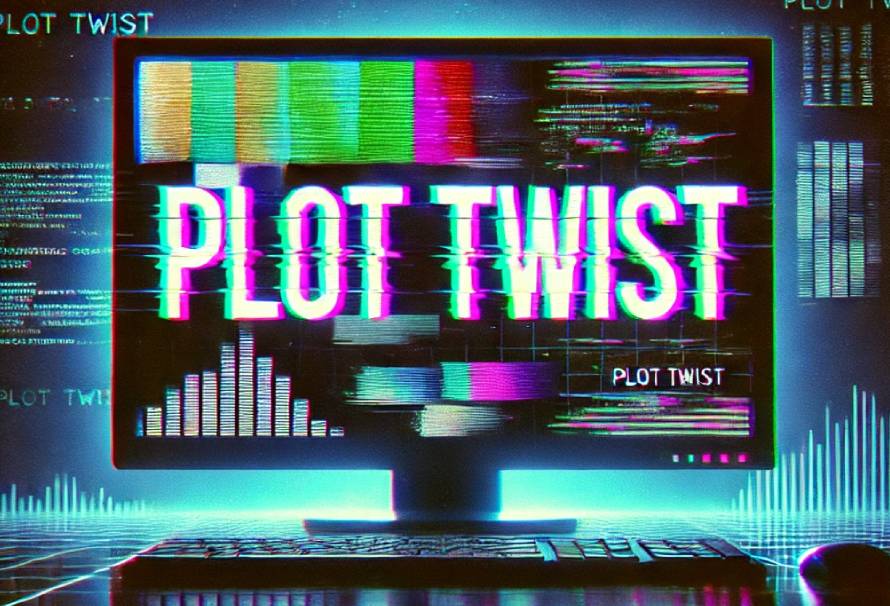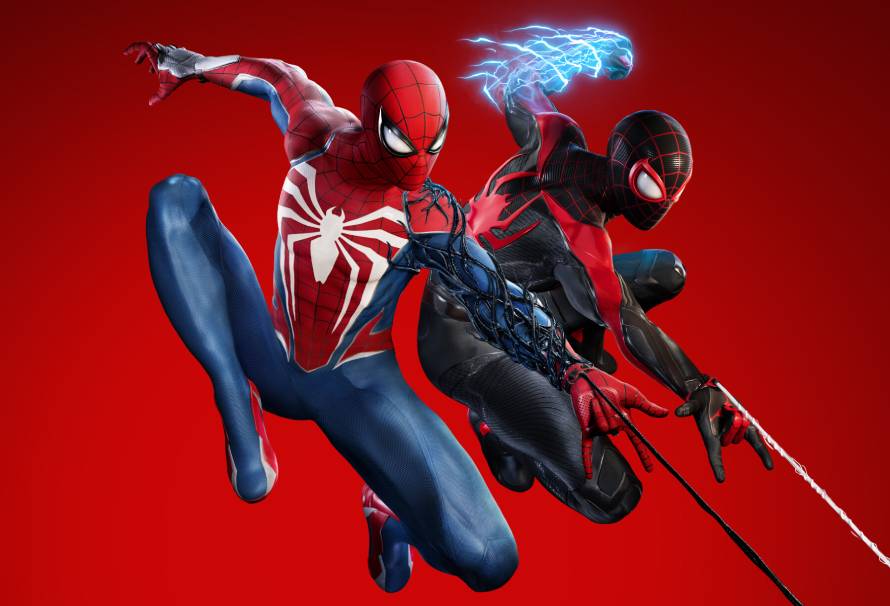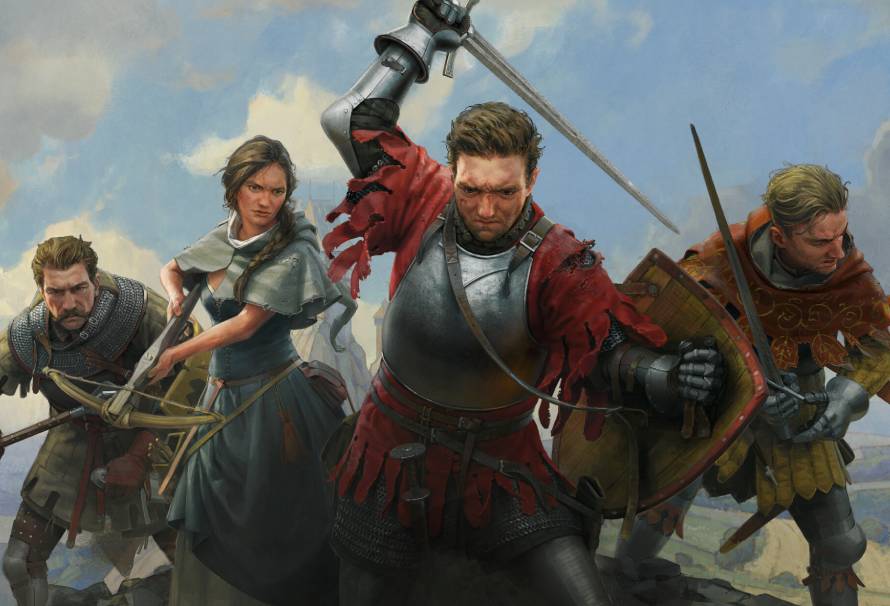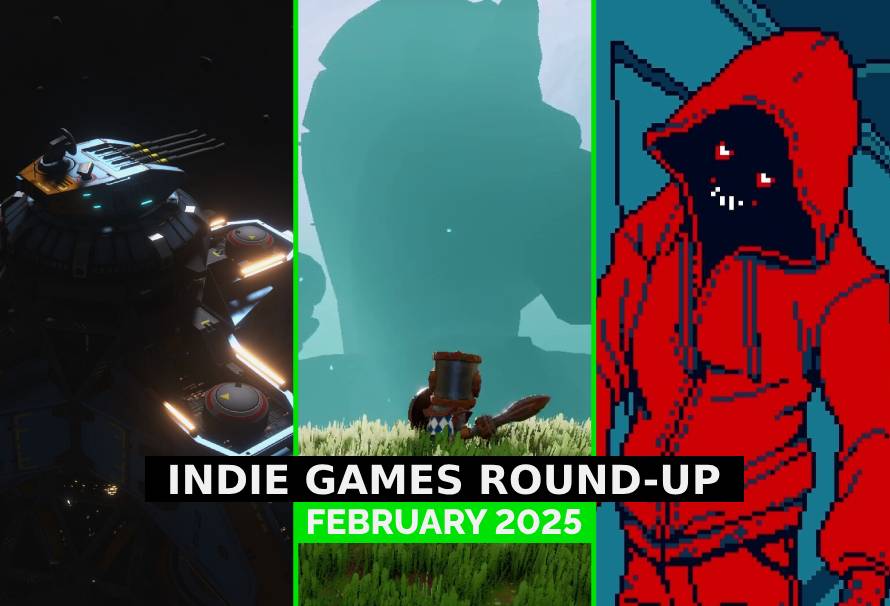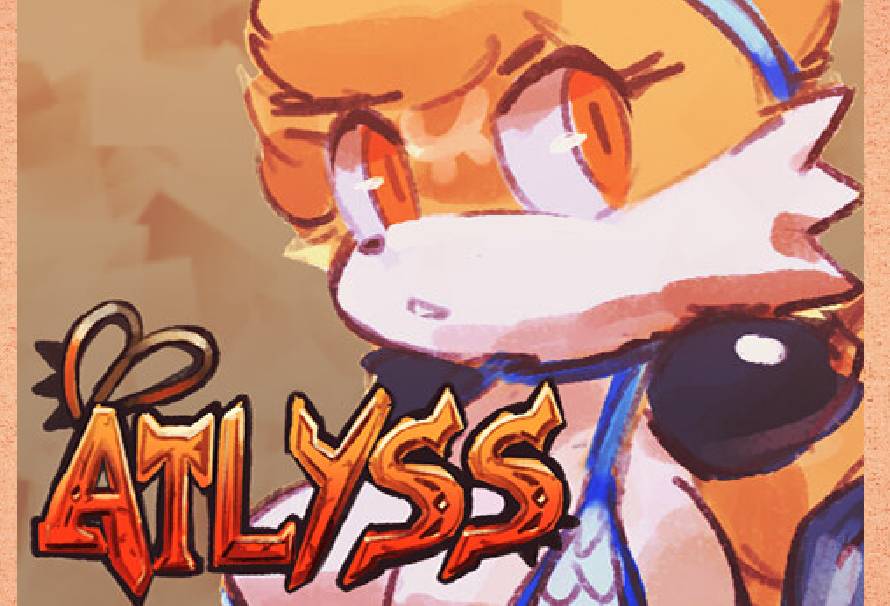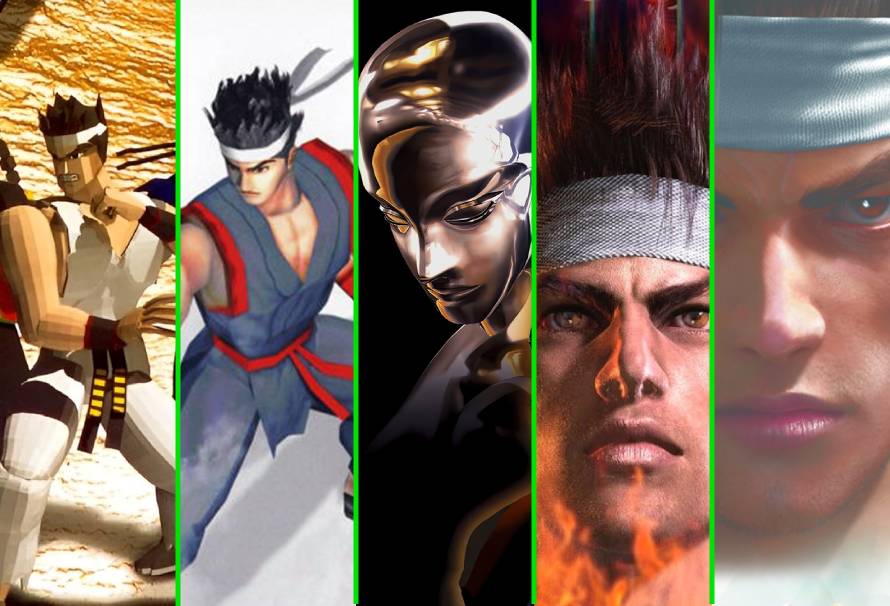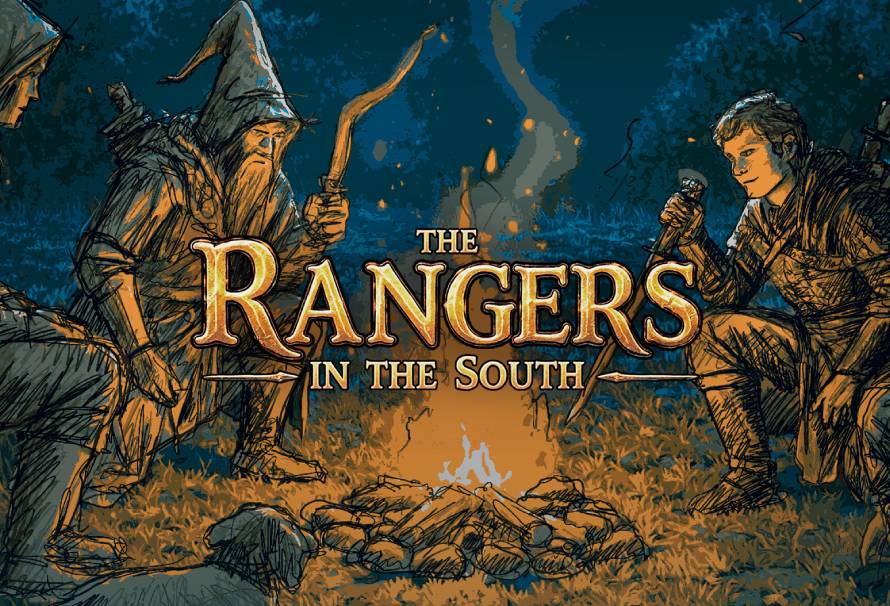Since its inception, the Silent Hill franchise has largely unfolded its grim and murky narratives within the borders of the United States of America. Indeed, last year’s Silent Hill 2 remake did a fantastic job of ramming home the effectiveness of its setting, with protagonist James Sunderland traipsing around the titular resort town within the North American state of Maine in search of his missing wife all the while the aesthetic trappings of small-town Americana surrounded him at every turn. With more than a quarter of a century on the clock with series entries that take place exclusively in North America, Konami has shifted gears entirely for its latest series effort, Silent Hill f. Leaving the United States behind, Silent Hill f has embraced 1960s Japan as the new backdrop for what looks like the most disturbing Silent Hill title to come along in quite some time. So here is why Silent Hill f’s 1960s Japanese setting looks set to give the long-running survival horror series its most refreshing outing in a good long while.

Why Japan And Why Now?
Though many of the previous games in the Silent Hill franchise have been turned out by Japanese studios, it’s still more than a little surprising to realise that Japanese publisher Konami has resisted the urge to fashion a series effort in its home isles until now. Partially borne from the idea that the series’ Western identity had become creatively stagnant, Silent Hill f’s shift to the sleepy rural town of Ebisugaoka also stems from a desire to embed the sort of Japanese identity into the game that other titles in the series have lacked. Given the folklore-inspired, spine-tingling horrors spawned forth by other horror titles which share a similar setting, such as Yomawari, Fatal Frame and Forbidden Siren games to name a few, the very idea of a legendary horror series like Silent Hill taking a run down this particular avenue is an extraordinarily compelling prospect, to say the least.
A New Horror Paradigm For The Series
When a franchise or series is relocated from one setting to another, such a change is much more than just geographical in nature. When that shift from one country to another is made, there are also changes in audiovisual aesthetics, the texture and fabric of local folklore, culture and other such aspects that can all be responsible for shaping that new experience and that is precisely the case with Silent Hill f.
It’s certainly worth noting that a big proponent of this change for lifting the series from its titular town to this much more rural Japanese locale was Ryukishi07. A popular visual novelist employed by Konami to pen the story for Silent Hill f, his visual novel Higurashi When They Cry, clearly shows that Ryukishi07 demonstrates a firm grasp of what makes Japanese supernatural horror work and based on everything we’ve seen already, his suitability for fleshing out the world of Silent Hill f appears to be readily assured.

Inspired by the real-life city of Kanayama, the rural majesty of Ebisugaoka with its verdant expanses surrounding old buildings and ancient temples encapsulates much of the visual essence of Japanese horror. Indeed, gone are the myriad rusty structures, barbed-wire fences and other visual elements that have long been seen as staples of the Silent Hill franchise. Instead, these have been replaced by the notion that when natural beauty reaches its zenith and becomes what we might consider to be ‘perfect’, there’s a deep and unsettling sense of foreboding that comes with it. This is something that Silent Hill f deeply associates itself with and it manifests this idea in a very physical sense with a spreading, pastel-like flora that at once evokes both the iconic Japanese falling cherry blossoms and the colour of claret.
That horror is also represented in a very physical sense by the horde of monsters that plague Ebisugaoka, too. Emerging from the creative mindspace of Japanese artist Kera and also very much inspired by Silent Hill 2, the various freaky foes which inhabit the town of Ebisugaoka follow a similarly nightmarish design, often representing indistinct humanoid figures at a distance but as you draw closer, possess limbs twisted unnaturally and additional appendages to be realised in terrifying detail.
Deftly supporting Silent Hill f’s arresting visuals is an ear-stroking soundtrack composed by the legendary Akira Yamaoka, who finds himself ably supported by well-regarded composer Kensuke Inage, which we are sure is going to result in a dreamlike score that will lend Konami’s latest series entry a sense of place and being that is quite unlike any other Silent Hill title to date.

It’s Still Silent Hill Through And Through
Even though Silent Hill f whisks the player off to a location thousands of miles away from the series’ typical North American stomping grounds, Silent Hill f nonetheless remains a Silent Hill game at its core.
Beyond the grotesque monstrosities and visual horror that have long defined the franchise, Silent Hill has always delved into the nature of trauma and how it takes shape both in the mind and in reality. In Silent Hill f, that trauma is realised through the lens of Shimizu Hinako, a disaffected teenager whose life is turned upside down when a mysterious fog seeps into Ebisugaoka and begins twisting and corrupting everything around her, forcing our protagonist to face the twisted remnants of her past.
From a game design perspective, Silent Hill f also rigidly follows the broad outline defined by the series more than a quarter of a century ago. That is to say that players can expect a familiar mix of third-person exploration, combat, puzzle-solving and the sort of white-knuckle frights mixed in with a feeling of rising dread that the series has long been known for. Except that this time, Silent Hill f presents players with an entirely new setting that freshens up the series to such an extent that it could very well prove quite difficult to head back to its titular location after the credits roll on Konami’s latest series entry.

